- Empty cart.
- Continue Shopping
Pitcher (Nepenthes)
Original price was: ₹1,500.00.₹1,150.00Current price is: ₹1,150.00.
Genus : Carnivorous
The Pitcher (Nepenthes) Plant is a captivating addition to any plant collection. Known for its unique pitcher-shaped traps, this carnivorous plant attracts and captures insects for nutrition. With its striking foliage and unusual growth habits, the Pitcher Plant is sure to fascinate plant enthusiasts and nature lovers alike. Create a captivating display with the extraordinary Pitcher (Nepenthes) Plant.
The Pitcher Plant, also known as Nepenthes, is a fascinating and unique carnivorous plant known for its pitcher-shaped leaves that act as traps to catch and digest insects. Here’s a more detailed description:
- Physical Appearance: Pitcher Plants come in a variety of species, but they generally have long, slender leaves that are modified into pitcher-shaped structures. These pitchers can be either upright or hanging, depending on the species. The pitchers are typically colorful, ranging from green to red, with intricate patterns that often resemble veins or speckles. The pitchers have a lid or “hood” at the top, known as the peristome, which helps to prevent rainwater from diluting the digestive enzymes inside.
- Trapping Mechanism: The pitchers of a Pitcher Plant are highly specialized for trapping insects. The inner surface of the pitchers is covered with a slippery, waxy coating that causes insects to lose their footing and fall into the liquid-filled base of the pitcher. The liquid inside the pitcher contains digestive enzymes that break down the trapped insects, allowing the plant to obtain nutrients, such as nitrogen and phosphorus, which are typically lacking in their natural habitats.
- Insect Attraction: Pitcher Plants use a variety of strategies to attract insects. Some species produce sweet-smelling nectar or colorful patterns on the pitcher’s lid to lure insects towards the opening. Others have evolved modified leaves called “wings” that produce a sweet scent and provide a landing platform for insects. Some species even produce enzymes that mimic the smell of rotting meat to attract flies and other carnivorous insects.
- Habitat and Distribution: Pitcher Plants are found in various parts of the world, including Southeast Asia, Madagascar, Australia, and North and South America. They typically grow in acidic soils, such as peat bogs or mossy forests, where the nutrient levels are low. Some species of Pitcher Plants are epiphytic, meaning they grow on trees or other plants without taking nutrients from their host, while others are terrestrial, growing in the ground.
- Adaptations: Pitcher Plants have evolved several unique adaptations to survive in nutrient-poor environments. Their carnivorous nature allows them to supplement their nutrient intake by trapping and digesting insects. They have also developed mechanisms to prevent the digestion of their own leaves, such as producing a waxy coating on the inner surface of the pitcher. Additionally, some species have specialized structures, such as hairs or waxy barriers, to prevent insects from escaping once they have fallen into the pitcher.
In conclusion, the Pitcher Plant is a remarkable example of a carnivorous plant that has evolved to thrive in nutrient-poor environments. Its pitcher-shaped leaves, trapping mechanisms, insect attraction strategies, and unique adaptations make it a fascinating and captivating plant for nature enthusiasts and botanists alike.





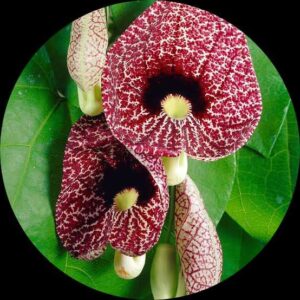

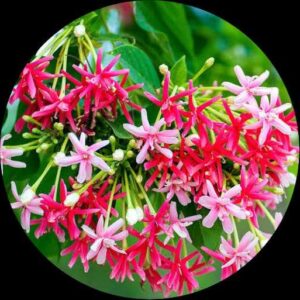
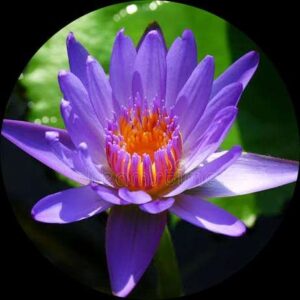
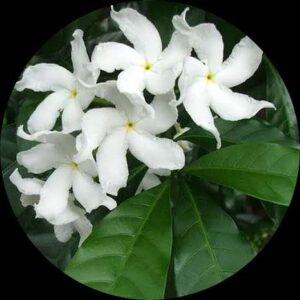


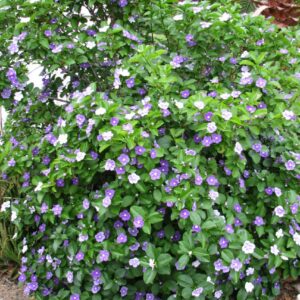
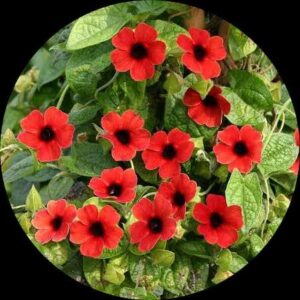
Reviews
There are no reviews yet.